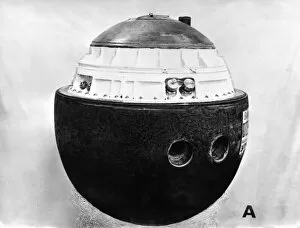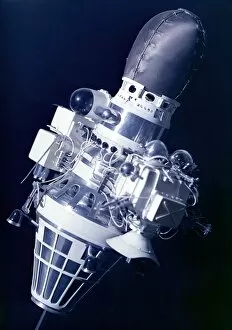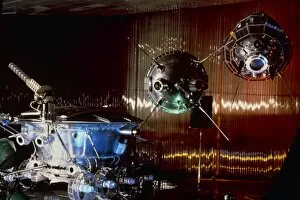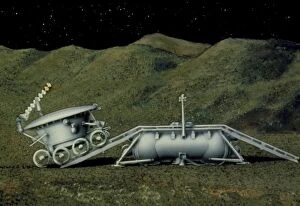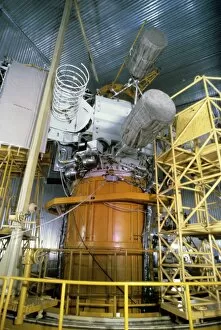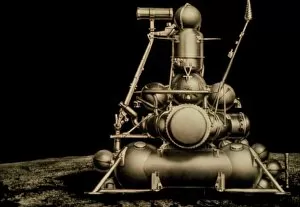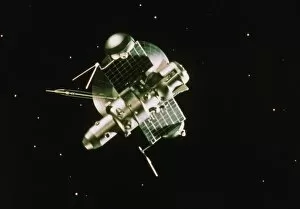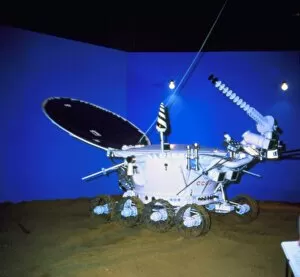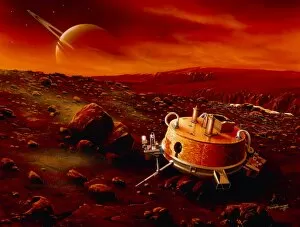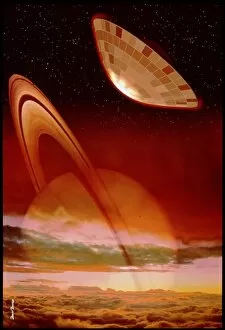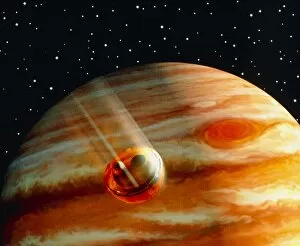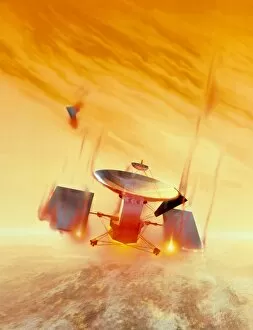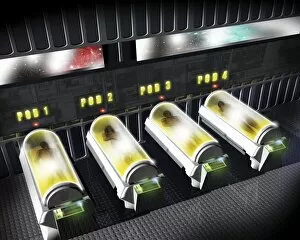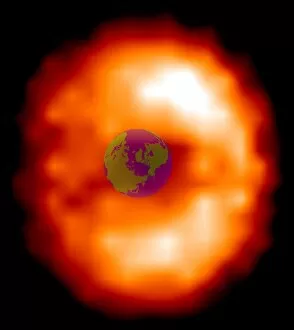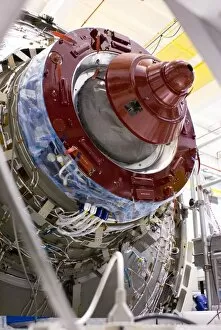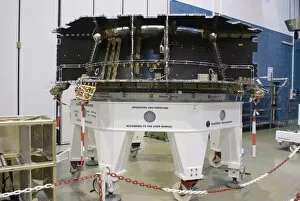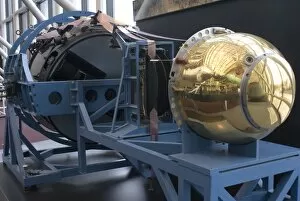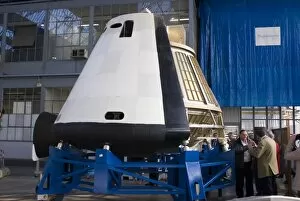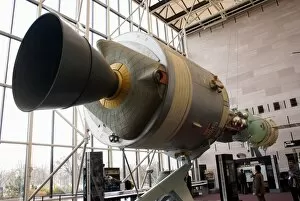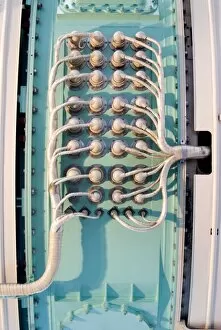Space Craft Collection (page 9)
Exploring the vastness of space through the lens of history
For sale as Licensed Images
Choose your image, Select your licence and Download the media
Exploring the vastness of space through the lens of history and imagination ✨🚀✨ From Leonov's breathtaking 'Sunrise in Space' to the enigmatic 'Palenque Xtraterrestrial', these captivating images transport us beyond our earthly boundaries. Witnessing the Coyne Helicopter/UFO encounter leaves us questioning what lies beyond our comprehension, while gazing at Jupiter and Io captured by New Horizons fills us with wonder. Reliving the monumental first US manned space flight in 1961 reminds us of humanity's relentless pursuit of knowledge. Gemini 7 gracefully orbits above, a testament to human ingenuity. Step inside Apollo Lunar Module and experience its interior, where dreams were turned into reality. Behold an artwork depicting Apollo spacecraft at the Moon, reminding us that even art can capture cosmic aspirations. UFOs hovering over statues ignite curiosity about extraterrestrial presence among ancient civilizations. Cubesat satellite showcases technological advancements propelling exploration forward. The Cassini-Huygens probe at Saturn takes our breath away as we marvel at its beauty through artistic interpretation.


